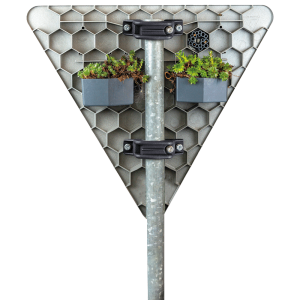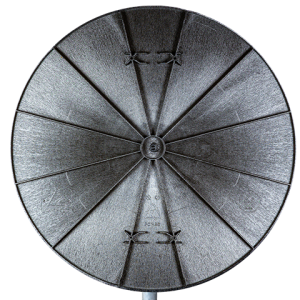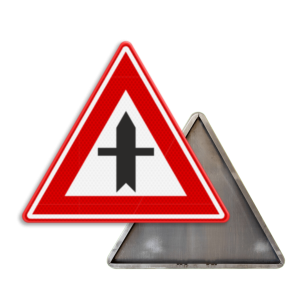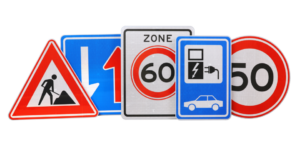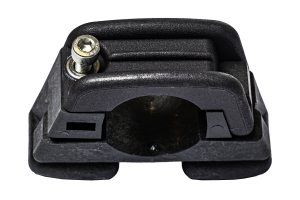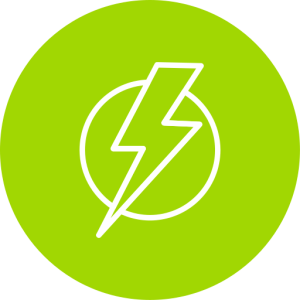The traffic sign design
of the future
‘plug and play’ can additionally be added to the highly innovative honeycomb traffic sign design patented by Climate Signs:
Insect hotel // Sedum profile // Sensors // Solar panels
By adding ‘clickable’ modules, we transform the classic traffic sign into a modern platform for sustainable and innovative applications, which are good for people and the environment.
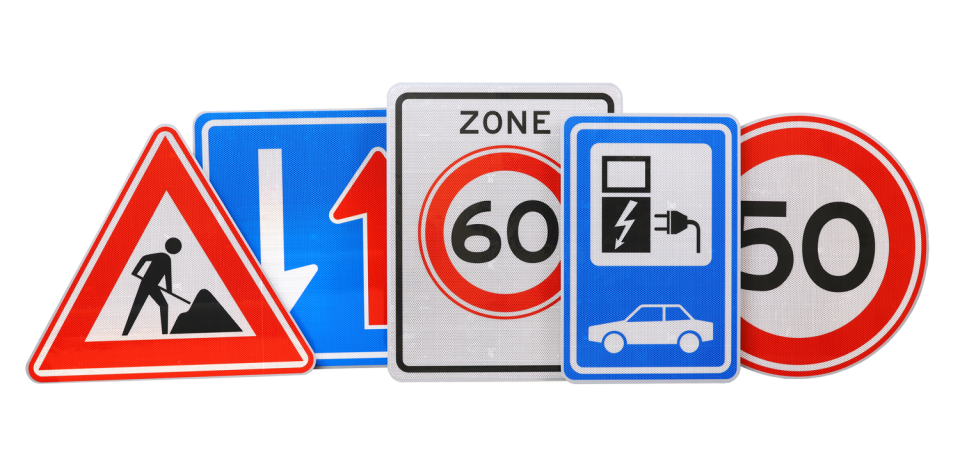
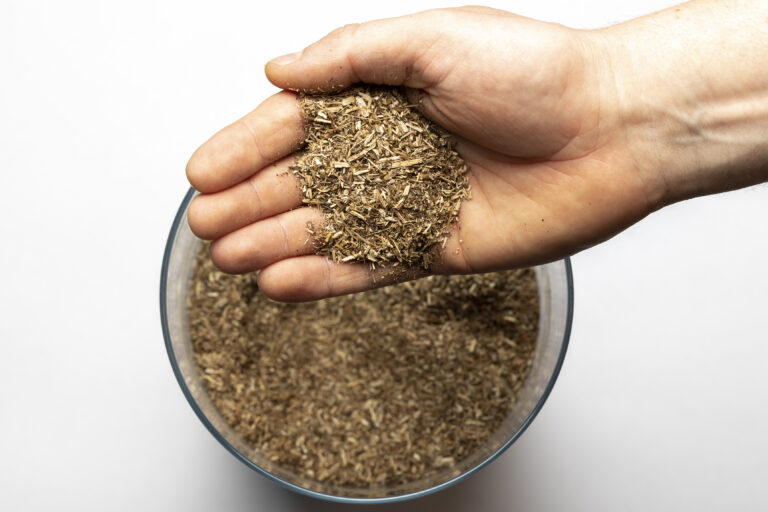
Raw materials
In doing so, Climate Signs is focusing primarily on local plastic waste streams, strengthening production and distribution chains within the region, and ensuring delivery reliability. Through the innovative honeycomb design, we have effectively shaped the design of the future. The current economic climate, with the huge price increases of traditional raw materials offers “the perfect storm” for Climate Signs’ material transition.
Local raw materials reduce globalization, risk within innovative production and distribution chains, and significantly reduce CO2 emissions.
All the benefits
at a glance
100% from biobased or circular raw materials
Any road manager who chooses sustainability will eventually end up with Climate Signs’ innovative traffic signs. In order to make the green transition with traffic signs, it is very important that we deliver a quality comparable to aluminum. Because Climate Signs’ honeycomb traffic sign is the only alternative to aluminum that is fully CE certified, we can deliver the quality described in the EN12899:2007 and NEN 3381 standard.
Since for the Climate Signs traffic signs we require only the highest deliverable quality, we chose printing technology with reflection class III film when producing the signface.
Maintenance-free and resistant
Climate signs road signs:
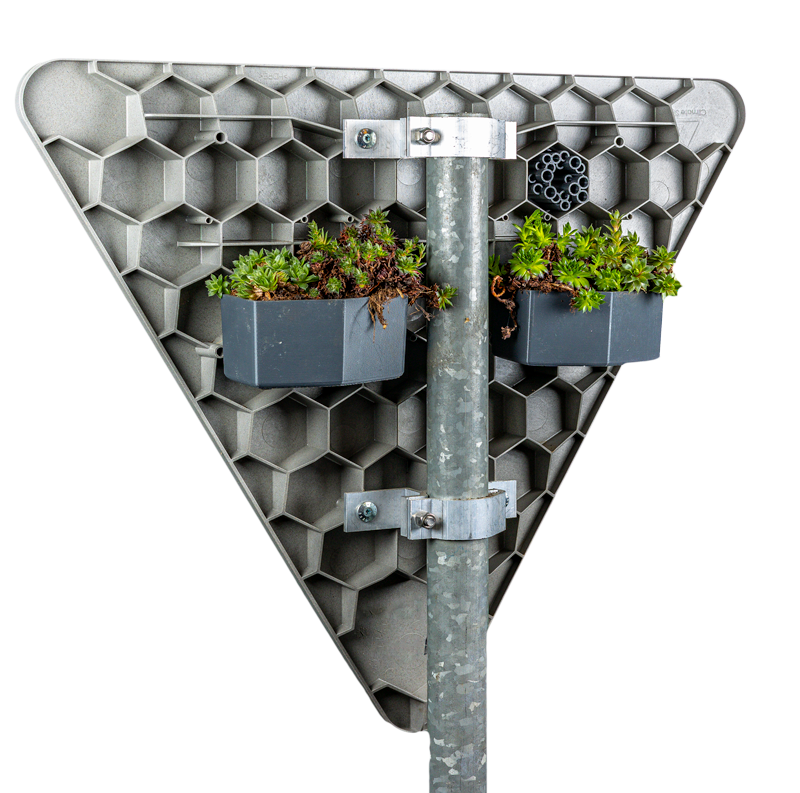
What is sustainability and what is the actual environmental impact of a product



MKI
The Environmental Cost Indicator (EQI) summarizes all environmental impacts into a single score and is expressed in Euro`s.
The MKI is a single-score indicator, and aggregates all relevant environmental impacts of a product.
Because Climate Signs’ traffic signs are 100% circularly reusable even in small quantities, the environmental cost indicator is also a weighing factor for circularity.
By reusing basic raw materials we reduce the use of new material and reduce energy consumption and emissions.
Climate Signs produces the most sustainable traffic sign in the Netherlands and we are proud of it.
Sustainable Transition Goals
– Efficient use of existing residual streams
– Reduce carbon footprint for road signs
– Make 100% circular use of regional
– Dutch plastic waste streams
– Extending life cycle of plastic materials

